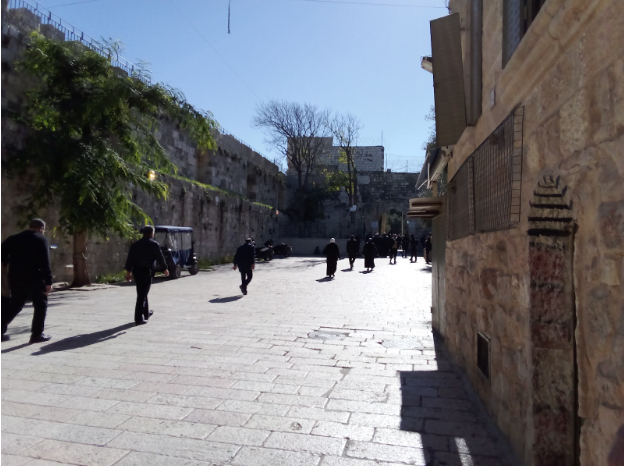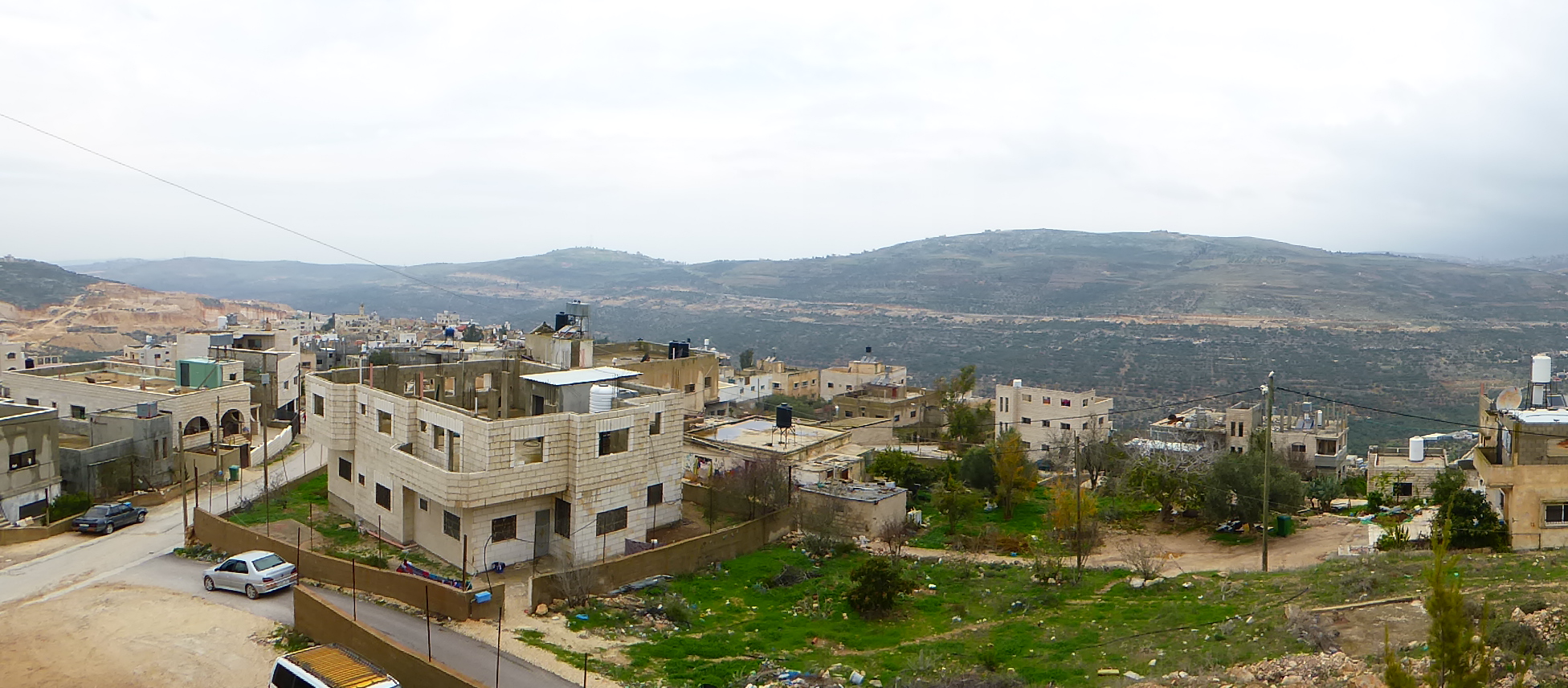Tag: Human Rights
-
Blocking Paths to the Holy
Israeli soldiers and police once again blocked the majority of worshippers from entering Al Aqsa Mosque on Friday, December 15th.
-
On the 71st week of the Great March of Return, the world forgets while Gazans remember
August 25, 2019 | International Solidarity Movement | Gaza, occupied Palestine Eleven consecutive weeks of protests in Hong Kong have captured the focus of online commentators, heads of state, and global media. In France, 39 weeks of protests by the Yellow Vests movement continues to garner widespread interest. In the US, Occupy Wall Street is…
-
The slow genocide of Palestinians continues in Asira Al Qibliya
13th December 2018 | International Solidarity Movement, Nablus Team | Asira Al Qibliya, Nablus, occupied Palestine “This is the line,” Oussam Khalifa Ahmad illustrates as he takes us on a tour of his threatened land. “We are now passing into (Area) C.” Depending on where you look, some of the land has already been stolen.…



